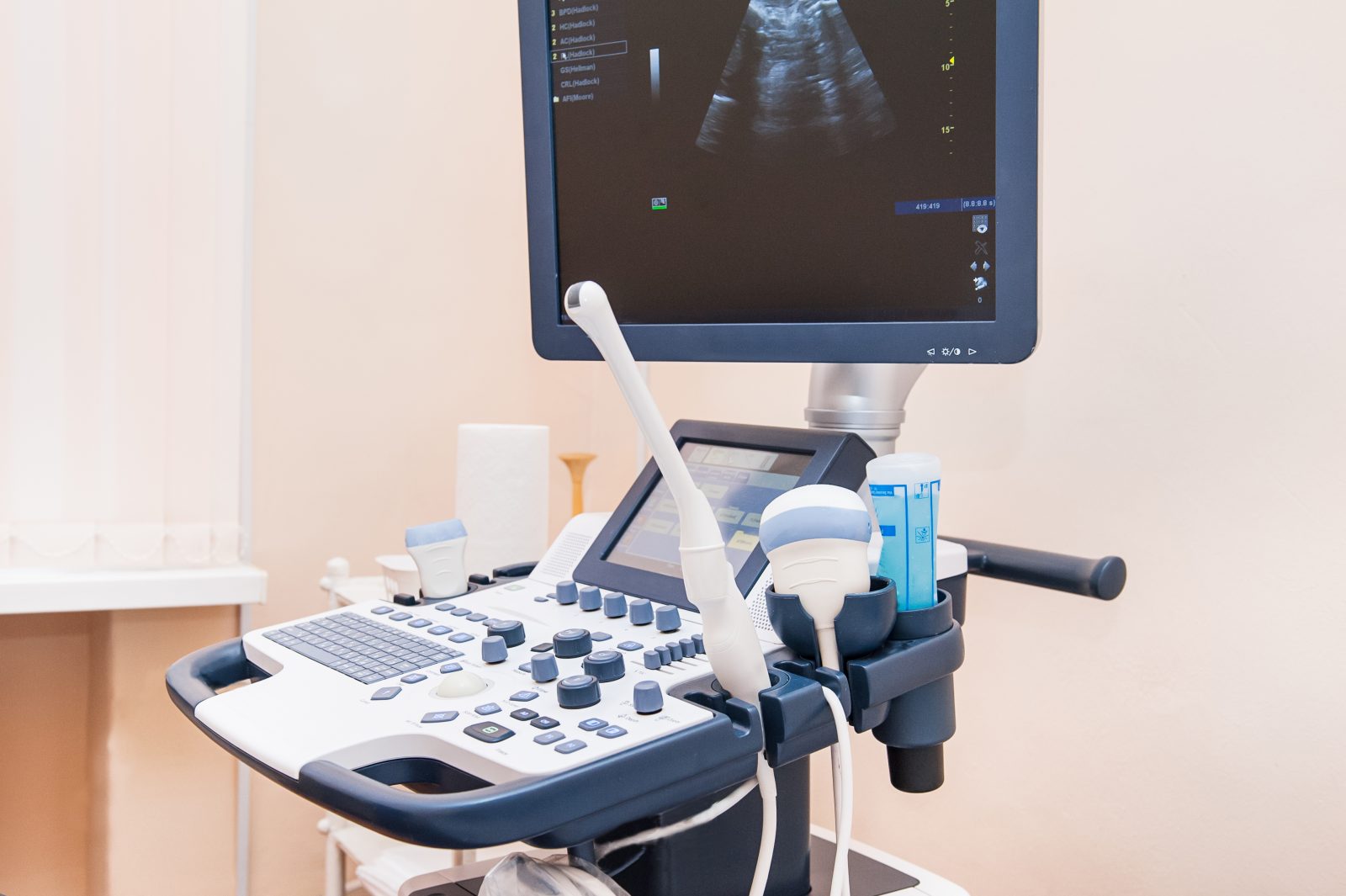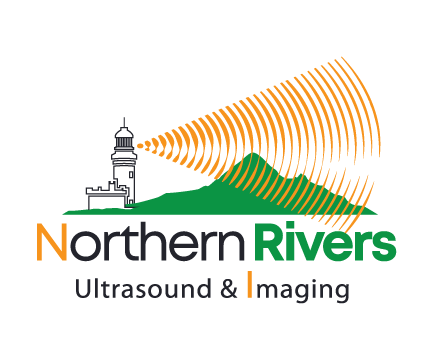General Ultrasound
Conventional ultrasound displays the images in thin, flat sections of the body. Advancements in ultrasound technology include three-dimensional (3-D) ultrasound that formats the sound wave data into 3-D images.

Common Uses of General Ultrasound
Ultrasound exams can help diagnose a variety of conditions and assess organ damage following illness
Doctors use ultrasound to evaluate:
- Pain
- Swelling
- Infection
Ultrasound is a useful way of examining many of the body's internal organs, including but not limited to the
Heart and Blood Vessels
Liver
Gall Bladder
Spleen
Thyroid
Scrotum
(Testicles)
Musculoskeletal
(Shoulders, Hips, Elbows, Ankles, Feet, Hands, Fingers, Wrists, Soft Tissue lumps, Hamsting and Thighs, Knees, Calf Muscles, Achilles Tendons)
Ultrasound is also used to:
- Guide procedures such as needle biopsies, in which needles remove cells from an abnormal area for laboratory testing.
- Image the breasts and guide biopsy of breast cancer (see the Ultrasound-Guided Breast Biopsy page).
- Diagnose a variety of heart conditions, including valve problems and congestive heart failure, and to assess damage after a heart attack. Ultrasound of the heart is commonly called an "echocardiogram" or "echo" for short.

Preparation is often required, which can include filing your bladder or fasting for a specific period of time.
Benefits vs. Risks
Benefits
- Most ultrasound scanning is noninvasive (no needles or injections).
- Occasionally, an ultrasound exam may be temporarily uncomfortable, but it should not be painful.
- Ultrasound is widely available, easy to use, and less expensive than most other imaging methods.
- Ultrasound imaging is extremely safe and does not use radiation.
- Ultrasound scanning gives a clear picture of soft tissues that do not show up well on x-ray images.
- Ultrasound is the preferred imaging modality for the diagnosis and monitoring of pregnant women and their unborn babies.
- Ultrasound provides real-time imaging. This makes it a good tool for guiding minimally invasive procedures such as needle biopsies and fluid aspiration.
Risks
- Standard diagnostic ultrasound has no known harmful effects on humans.
All the above material is sourced from RSNA and if fully copyrighted Copyright © 2010 Radiological Society of North America, Inc. (RSNA)





